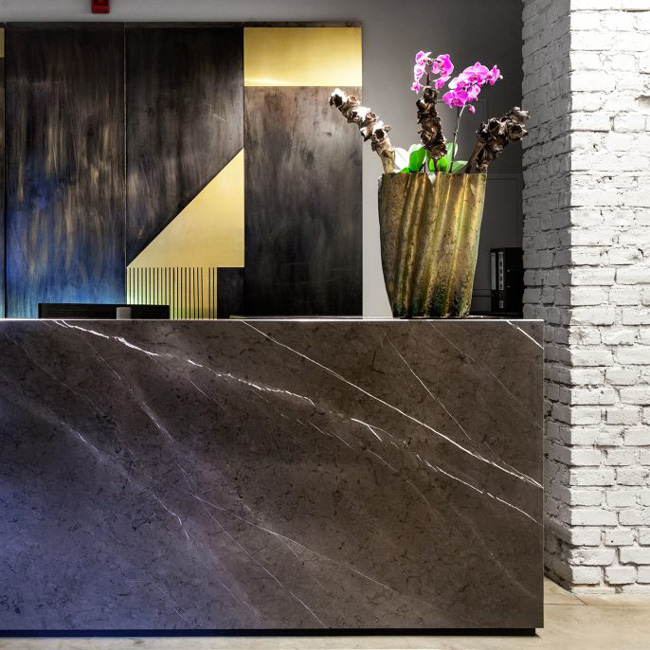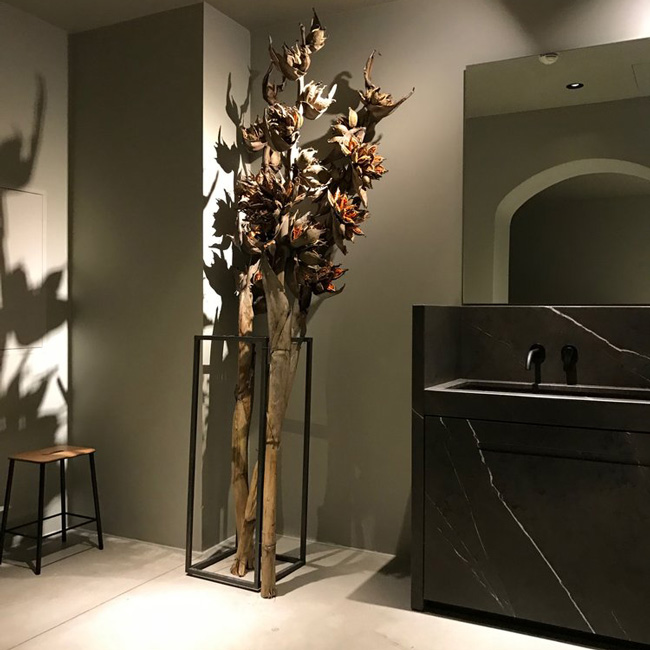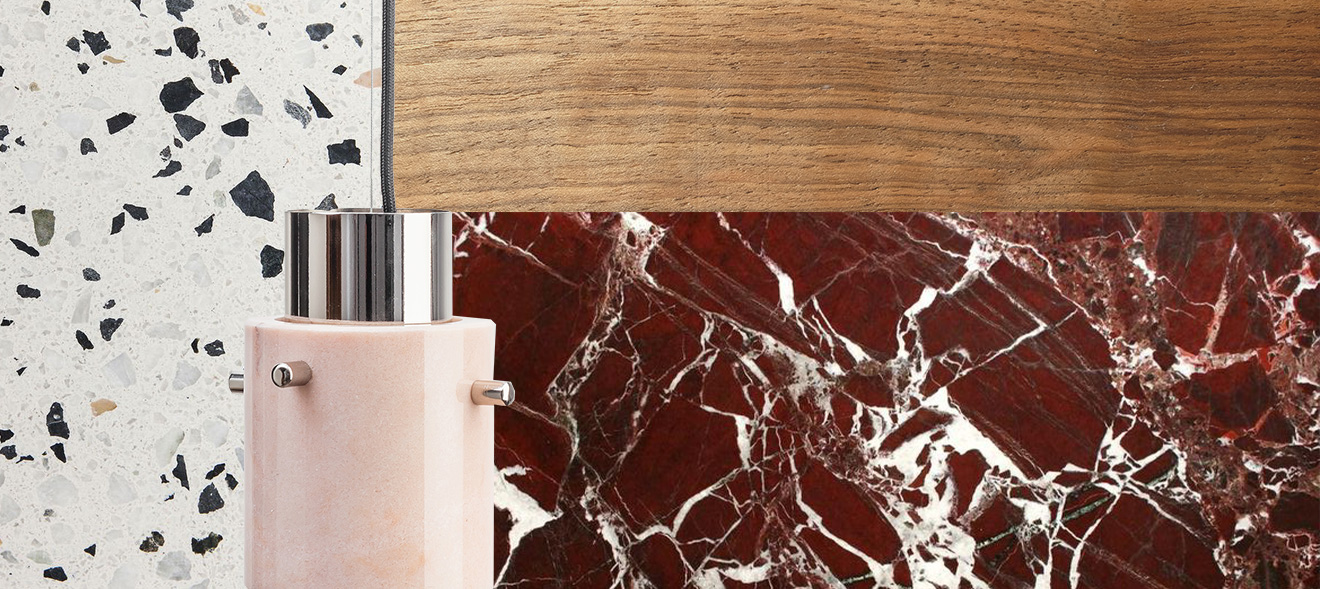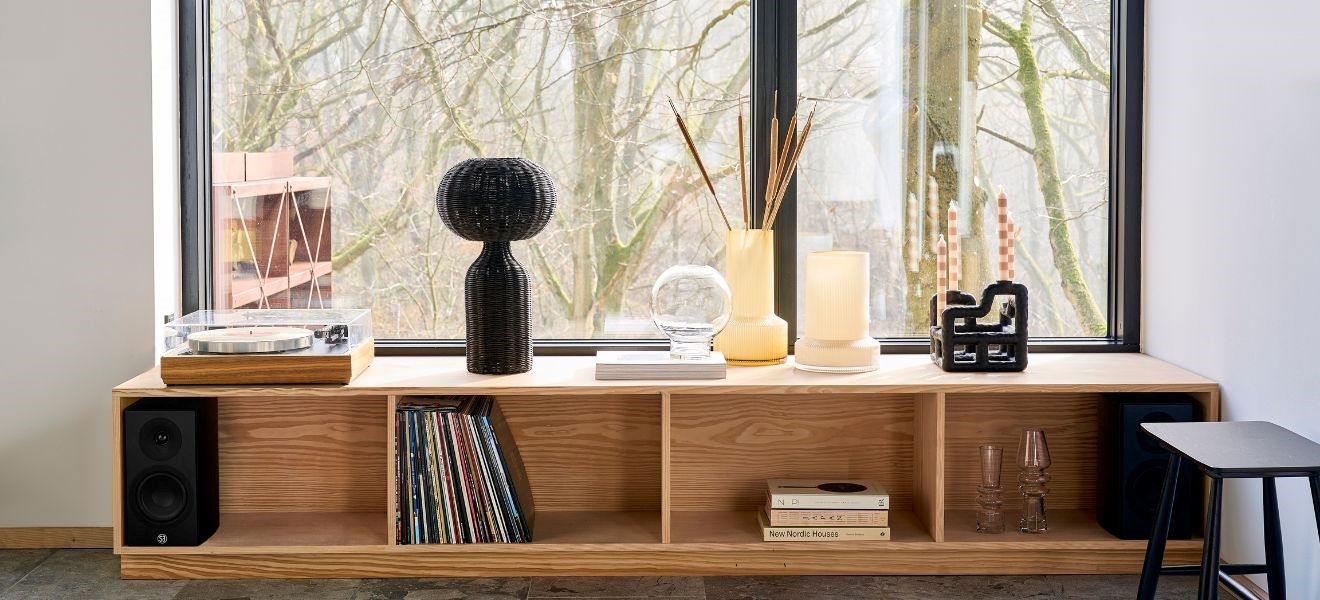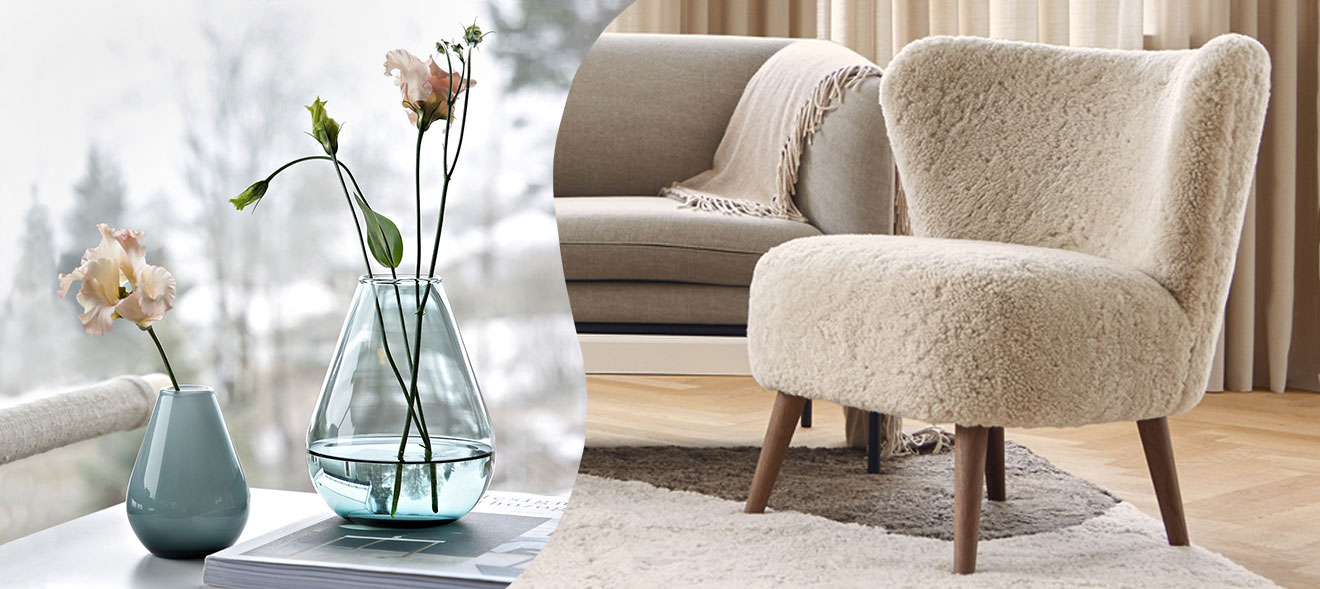Heavy is so yesterday. When it comes to marble, a rethink is needed. When used intelligently and combined in exciting ways, this weighty natural material reveals a new lightness. Its use no longer needs to be confined to home accessories and it is steadily gaining a greater presence in room furnishings. Thanks to its variety, it fits with almost any interior design and style of furnishing. All those pessimists who had been predicting a brief comeback for marble will need to think again.
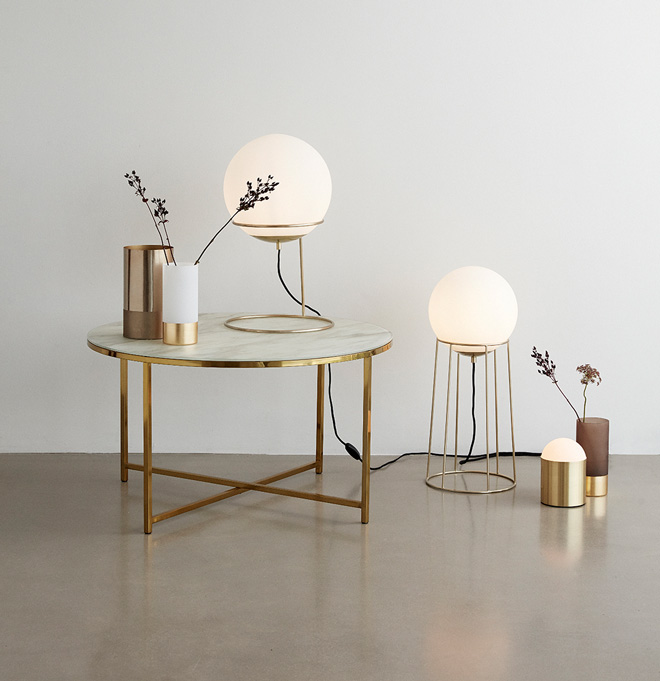
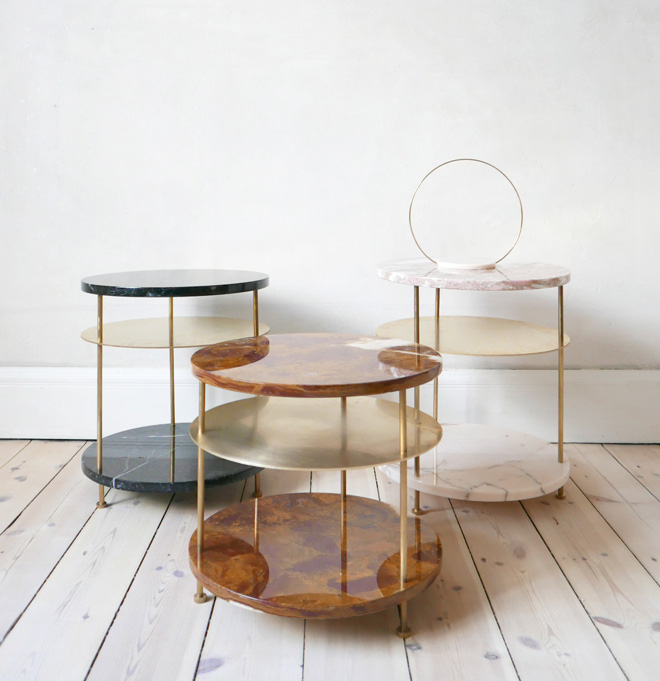
Natural shades
When we think of marble, the first thing that comes to mind is the classic Carrara marble, which is mined in Tuscany and known as Italy’s “white gold”. But this veined stone is far more diverse and can also be found in shades of red, green, yellow or black. Its applications are equally varied and go way beyond floor coverings or marble fittings in the bathroom. For a long time, many designers have been using the material and are currently creating a real marble boom. Because no matter what style of furnishing – from Scandi to industrial chic – marble goes with almost anything. One person who knows all about the versatility of marble is Iranian-born Douman Pour, a graduate of Offenbach University of Art and Design, who makes frequent use of the versatile natural stone in his interior designs. “Since marble is a natural material, every stone looks different. I like to look around at the stonemason’s and find the right marble for my designs. This is part of the creative process,” explains Pour, now a resident of Frankfurt.
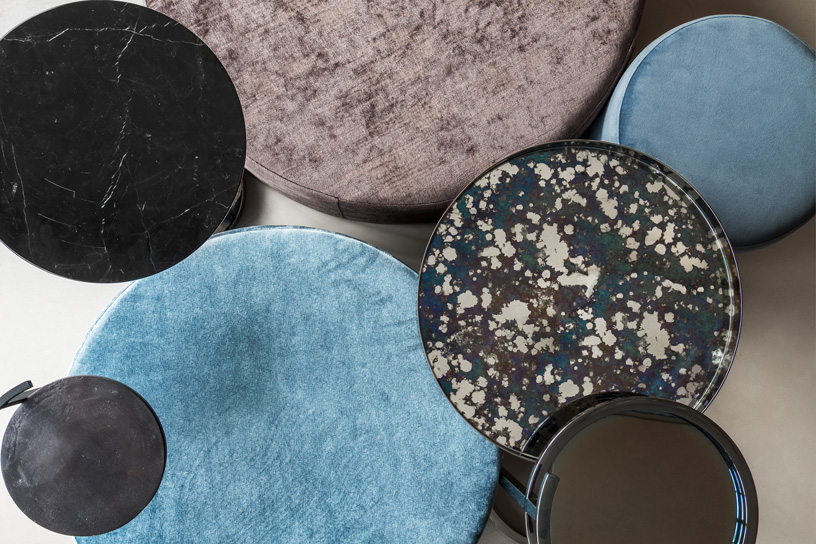
Constrasting combination
In light tones, natural stone actually radiates a certain warmth, which can be further emphasised by combining it with wood (such as pine). In the past you often saw wooden tables with smoothly polished marble tops. The reverse combination is a new and unfamiliar development. A table with marble legs and a natural wooden top breaks with tradition and makes the contrast even more interesting. When used as the base of a lamp, marble can radiate an unexpected delicacy in combination with light.

2 Lamp by Vicara
3 Dining table by KOY
In these light shades and in combination with other natural materials, marble can also easily be positioned as an elegant eye-catcher in the midst of Scandinavian understatement. In terms of its finish, it often comes in minimalist geometric designs and so blends in perfectly. Creative design studios such as KOY discovered this some time ago: they favour uncomplicated furnishing styles and have increasingly integrated marble into their collections.
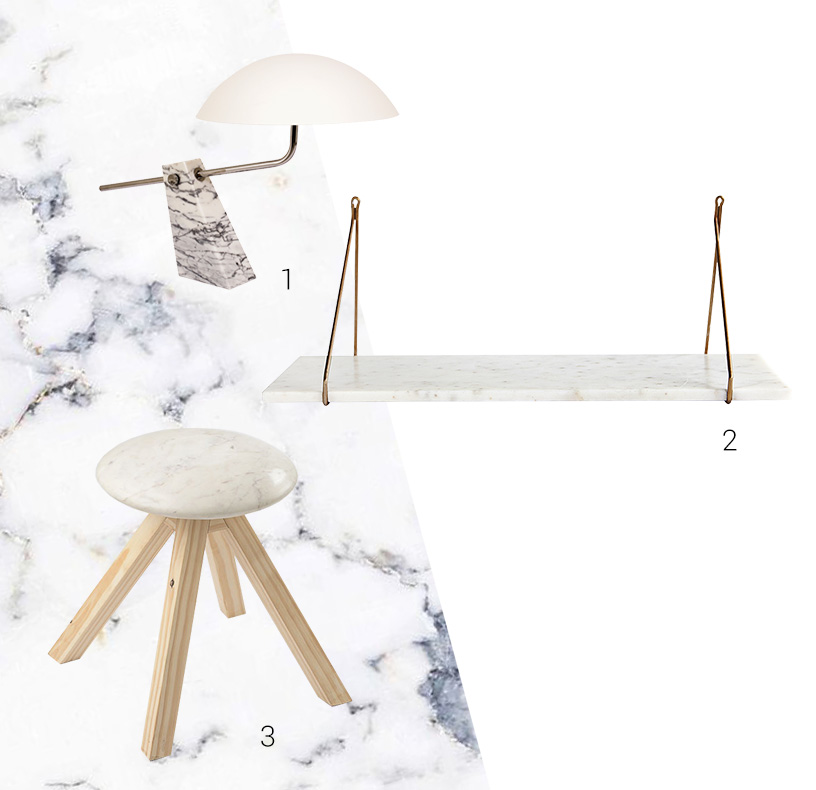
2 Shelf by House Doctor
3 Stool by KOY
Marble mania
Marble is celebrating its return to the scene in great style! It has long since conquered domestic interiors and is now also evident in many bars and restaurants, which often use light marble to set themselves apart from the dark corner bar next door. “Whether it’s a burger shop or a luxury hotel, everyone is still very fond of marble and wants it for their interiors,” says Douman Pour. However, many people don’t realise that, as a natural product, marble will develop a patina over time. This aspect particularly appeals to the designer.
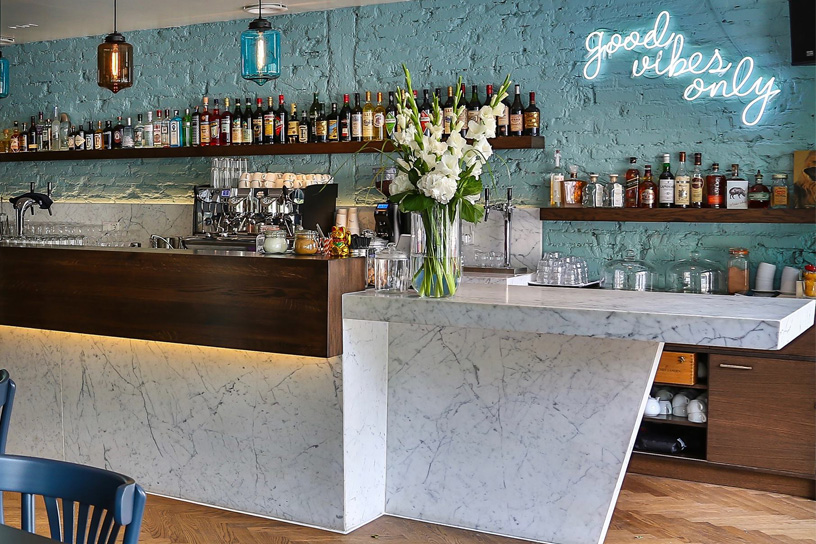
The eye-catching combination of marble and terrazzo is becoming increasingly popular. When it first came on the market, terrazzo – an artificial stone made of chips of limestone and pebbles – was being celebrated as the “new marble” and seemed to be displacing its old-fashioned counterpart from the interior segment. Now both materials are being combined to form a harmonious whole, despite their very different grains.
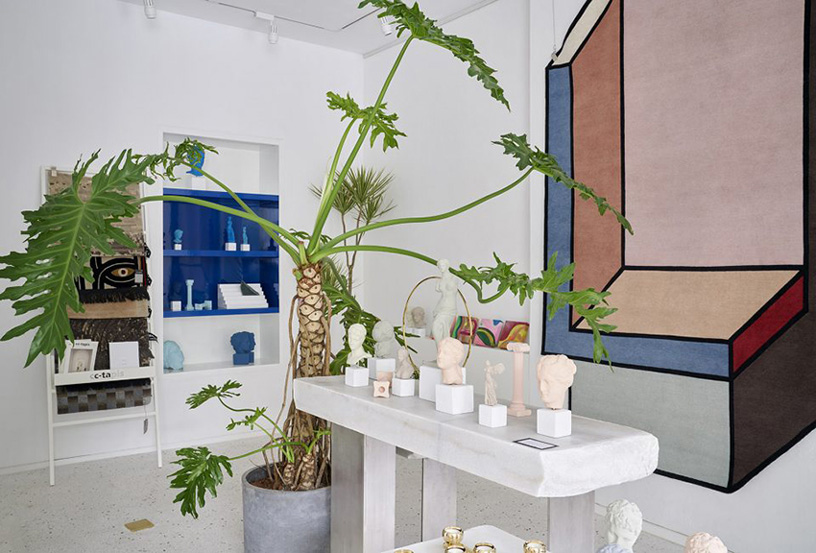
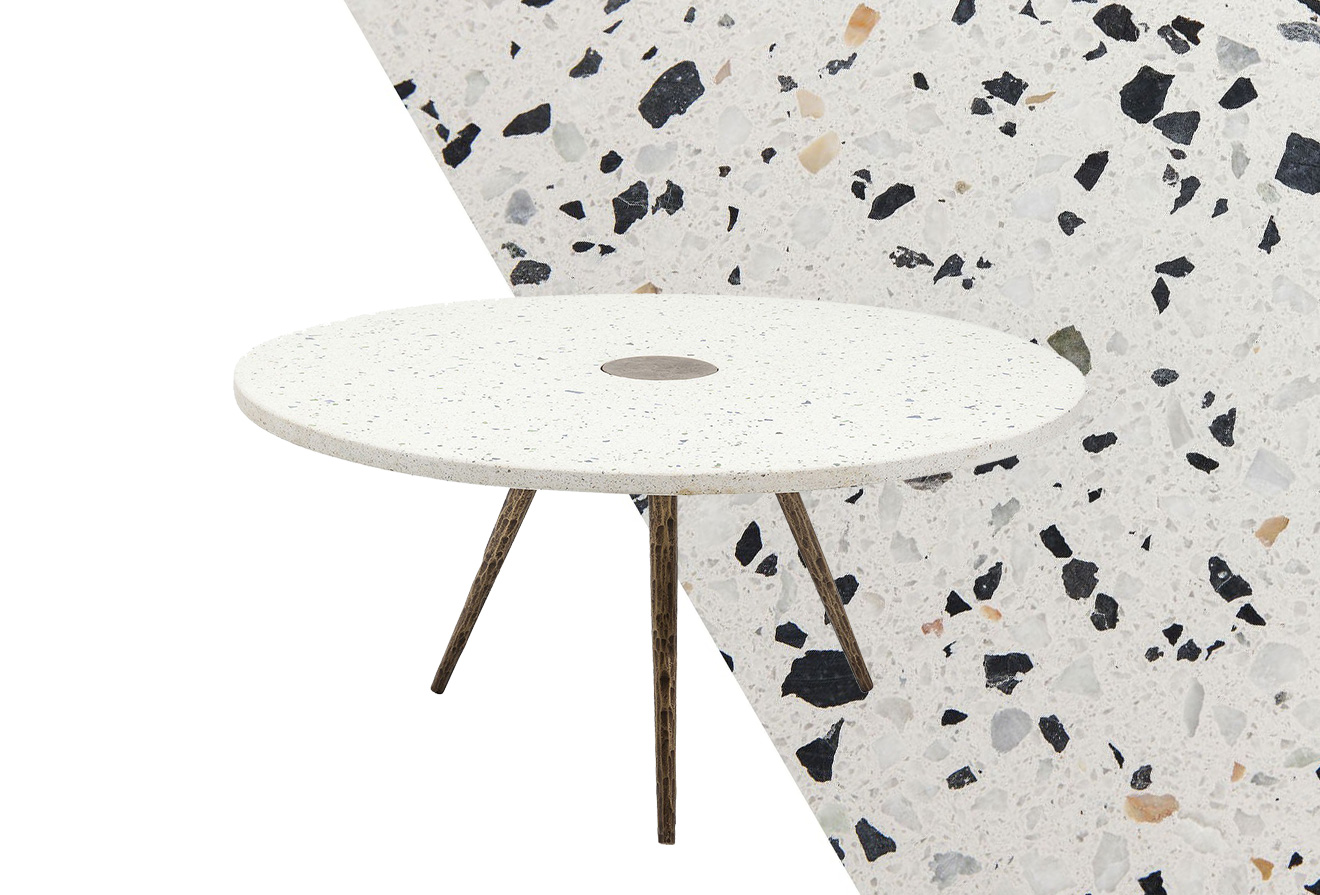
Cool calcium carbonate
As is so often the case, it’s the dark side that particularly attracts us. This also applies to marble, whose characteristic swirls and veins, which make each piece truly unique, are particularly beautifully accentuated in dark shades of grey or black. Companies such as Dôme Deco and House Doctor are well aware of this and frequently use the hardness of black marble in their interior collections.
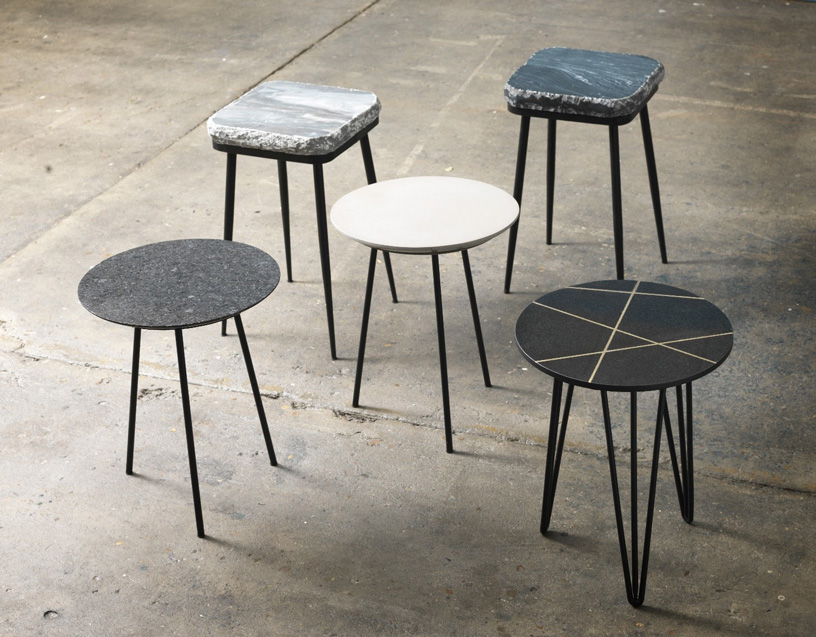
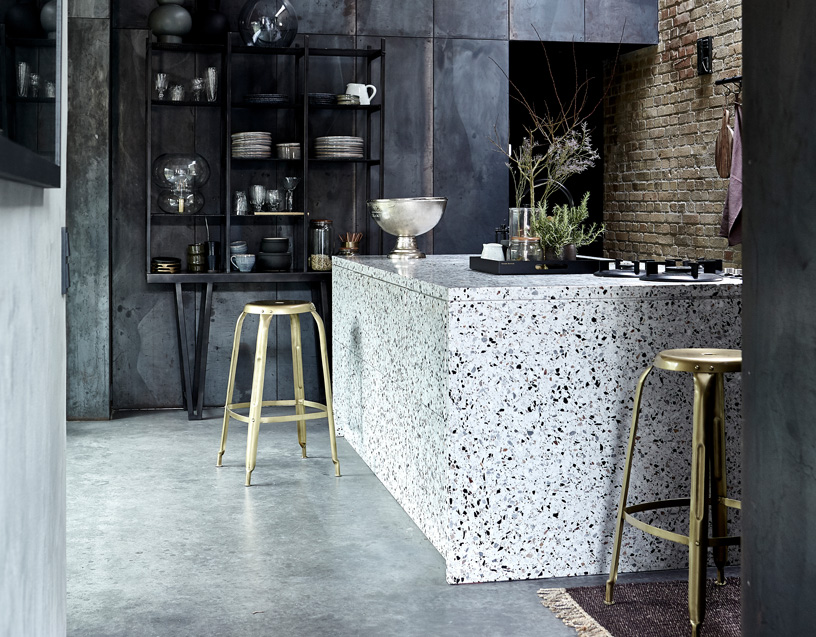
Dark marble is often combined with predominantly dark woods or with black painted metal, making it an excellent match for the rather masculine industrial style. Shiny metals such as copper, on the other hand, automatically lend an elegant touch. When dark marble, instead of the homelier light-coloured variety, is used as a base for lamps it helps create a cool illumination effect. But whether light or dark, the most important basic rule is that marble should be used sparingly and intelligently. It should never appear ostentatious or bulky.
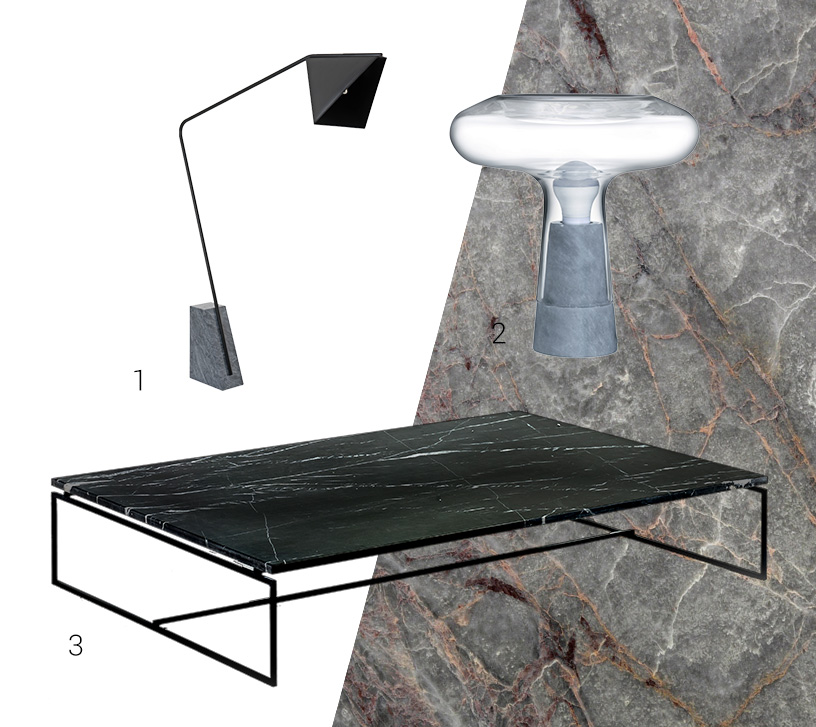
2 Table lamp by Nude
3 Coffee table by Serax
“It’s all about using it with restraint,” says Douman Pour. “The combination with other materials takes away some of the weight of marble. I myself like to combine it with steel,” explains the interior designer, who has already set up numerous Frankfurt hot spots. Its striking swirls and veins can also be counterbalanced by white or black, ensuring that this hard, cool calcium carbonate rock is extremely modern and urban.
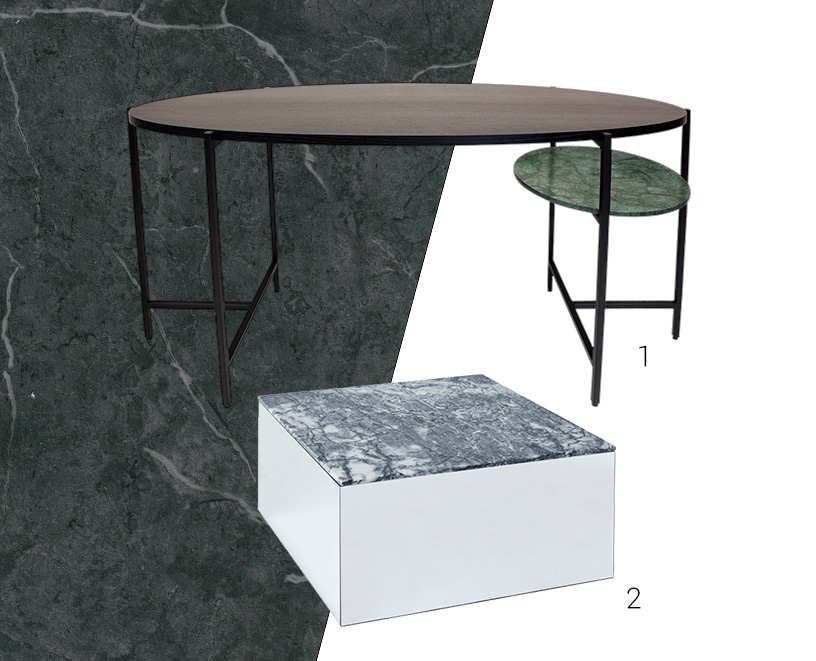
2 Coffee table by Kristina Dam
More is not always less
“It’s like in the fashion world,” says Douman Pour. “Every trend is followed by a countertrend. Because of this, there are people who don’t want understatement and present marble ostentatiously.” Dark woods, gold and heavy fabrics such as velvet are the components that will give marble precisely this classically elegant and luxurious look. And these combinations are not necessarily less stylish than the restrained use of natural marble.
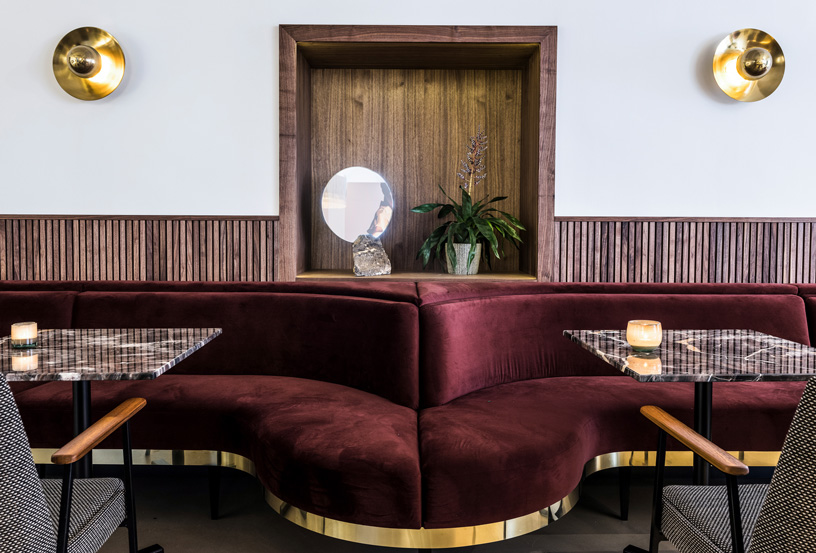
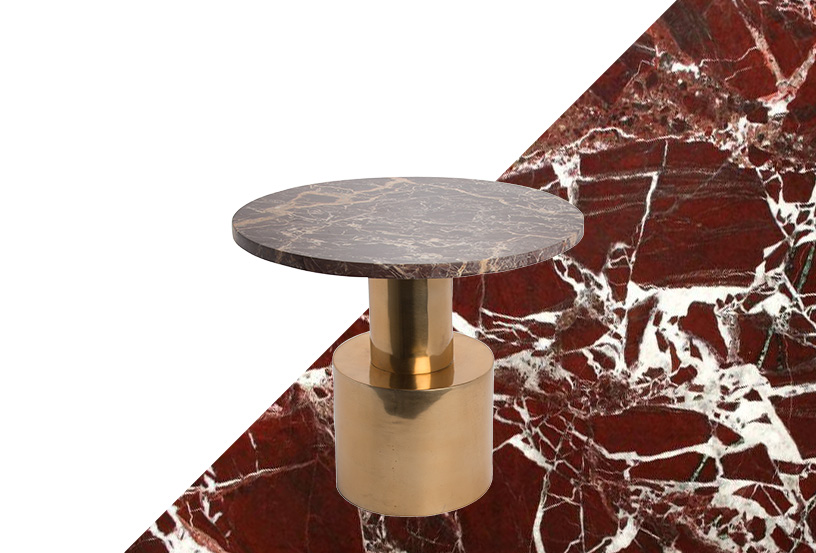
So, what can we expect in the future when it comes to marble? According to Douman Pour: “The combination of a wide variety of natural stone is something that will certainly be seen ever more frequently in the future. It is also possible to dye marble in bright, jazzy colours quite easily, while new finishing techniques allow more scope for surface design. These are certainly factors that will make the trend more long-lived and ensure that marble does not lose its appeal so quickly.”
